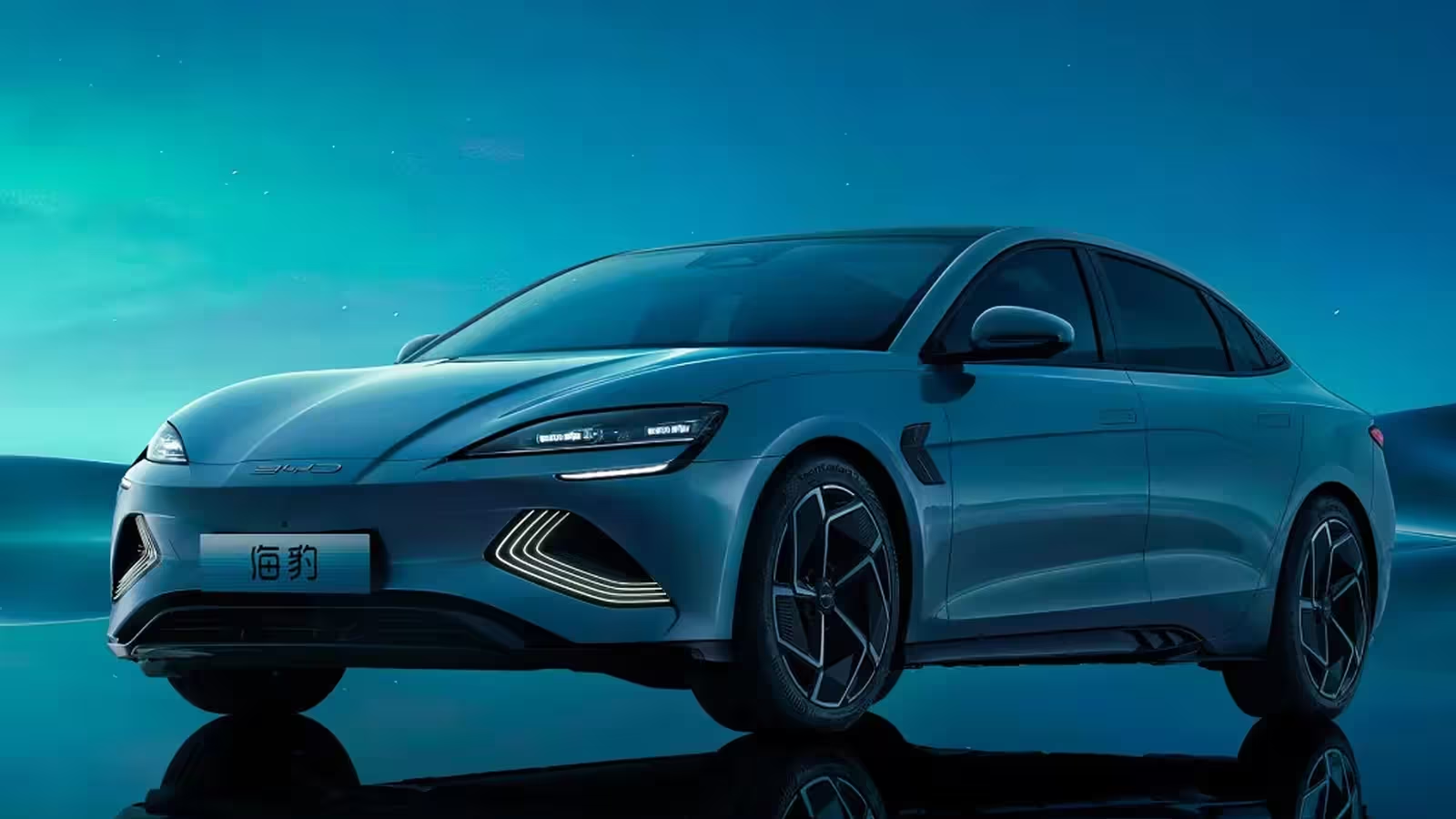3 Minutes
In a surprising turn for the European automotive industry, Chinese car manufacturers such as BYD, Geely, and SAIC have doubled their market share across Europe, defying strict import tariffs. These automakers achieved remarkable growth in both electric and gasoline vehicle sales, demonstrating their ability to adapt quickly to changing regulations and market conditions.
Market Strategy and Positioning
After the European Union imposed tariffs as high as 35% on electric vehicle (EV) imports in a bid to protect local manufacturers and the green transition, Chinese brands pivoted their focus. Rather than slowing down, they ramped up exports of hybrid and gasoline-powered models—vehicles that aren’t subject to the stringent new tariffs aimed specifically at EVs. This strategic shift has especially benefitted markets in Southern Europe, including Spain and Italy, where traditional dominance by German and French car brands is less pronounced.
Impressive Sales Performance
According to JATO Dynamics, Chinese brands captured 4.9% of the European Union’s new car market in April alone—a significant jump compared to just 2.4% one year prior. This translates to over 53,000 new vehicles sold in Europe in a single month. Notably, the surge was not limited to internal combustion or hybrid vehicles; electric models from Chinese manufacturers also saw a 59% jump in sales, far outpacing the overall market growth of 26% posted by other automakers.
Record-Breaking Registrations
BYD, a leading Chinese EV manufacturer, registered 7,231 electric vehicles in Europe in April, narrowly surpassing Tesla’s 7,165 registrations. This rare victory highlights the shift in consumer trends, with analysts partially attributing Tesla’s downturn to negative sentiment among European buyers concerning Elon Musk’s political activities.
Innovative Design and Specifications
Chinese automakers have prioritized both advanced technology and competitive pricing. Models from BYD and Geely offer appealing combinations of range, efficiency, and modern features, positioning them as strong options against established European rivals. These vehicles often showcase cutting-edge infotainment systems, extensive safety features, and contemporary designs tailored for European tastes.
Implications for the European Car Market
This dynamic growth highlights significant contradictions in EU trade policy. Tariffs designed to accelerate the electric revolution have inadvertently increased sales of non-electric vehicles, as two-thirds of Chinese cars sold in Europe during the first quarter of the year were hybrid or gasoline powered. As a result, Chinese brands continue to capture a larger share of the European automotive market, posing new challenges to legacy manufacturers and altering the competitive landscape in the process.



Comments